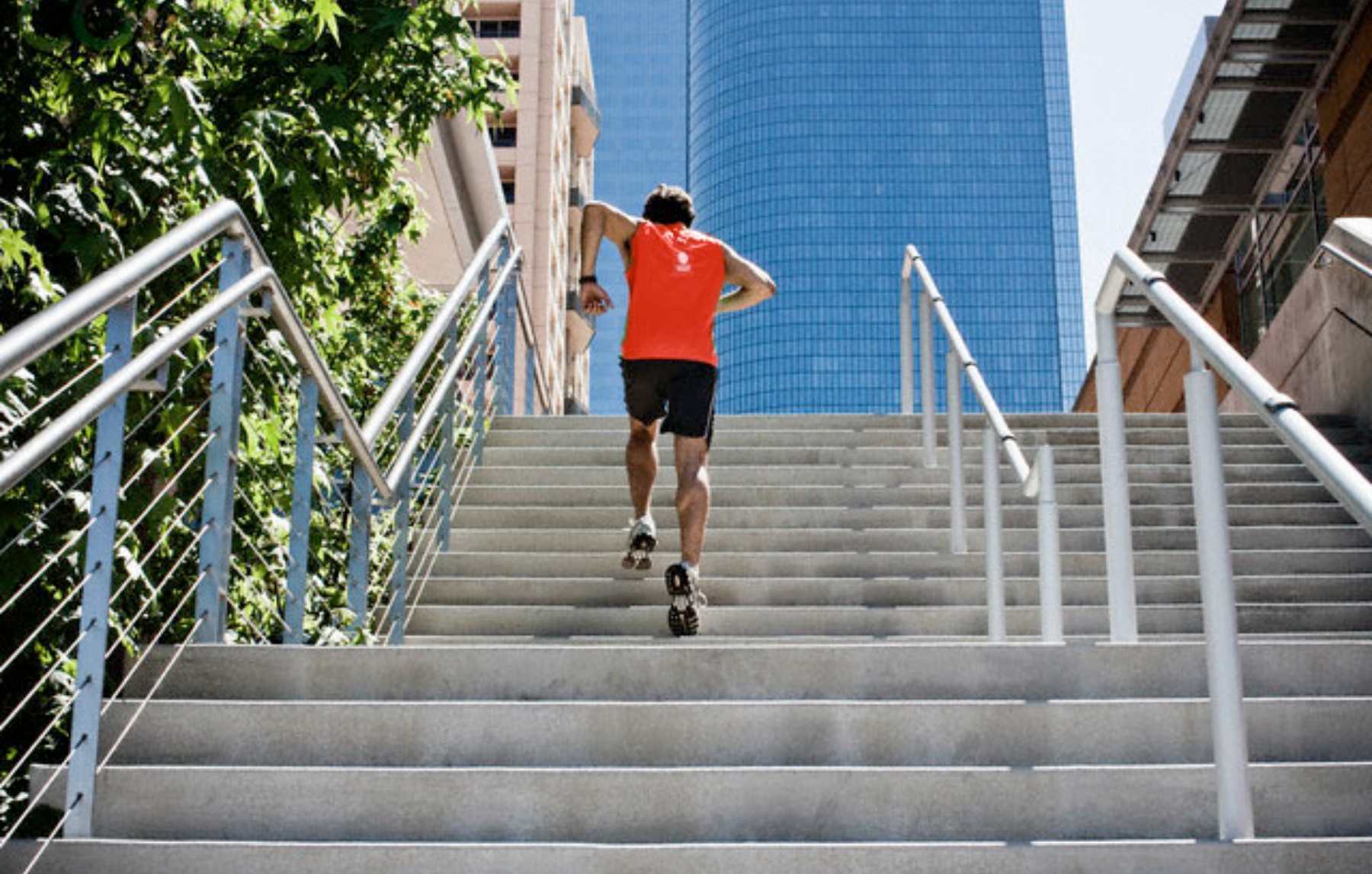Physical activity is one of the fundamental pillars for maintaining a healthy body and achieving weight loss goals. While a balanced diet is essential for losing weight, physical activity plays a key role in accelerating the calorie burning process and improving overall health. Walking up and down stairs is a simple, yet incredibly effective exercise for losing weight and improving overall fitness. It requires no special equipment, just access to a ladder, making it an accessible activity for almost anyone. Incorporating this movement into your daily routine can contribute to a more active and healthy life.
According to Santiago Kweitel, a pediatrician and director of the Diploma in Pediatric Sports Medicine at Universidad Favaloro, “going up and down stairs is a good exercise for someone who is not training daily. It is an exercise that favors and improves the physical condition of a sedentary person and is more intense and vigorous than simply walking”. When performing this exercise, several muscle groups are worked, including the buttocks, thighs, calves and core. In addition, it is a cardiovascular exercise that increases heart rate, promoting calorie burning and improved endurance. “On the way up, concentric contractions are worked – muscle tension with muscle shortening – and on the way down, eccentric contractions, which require the opposite effort: muscle tension with muscle lengthening. This places different physiological demands on the body,” explains Kweitel. It works not only the cardiovascular system, but also the leg and core muscles, which increases muscle mass and thus resting metabolism. In this article, we will explore how walking up and down stairs can help you lose weight and give you recommendations to maximize the benefits of this exercise.
Why do they recommend walking up and down stairs to lose weight?
You burn calories efficiently
Walking up and down stairs is a high-intensity cardiovascular exercise that can burn a lot of calories in a short amount of time. If you practice it consistently, this can result in a significant amount of calories burned, helping to maintain a caloric deficit and promoting weight loss.
Improves cardiovascular health
A study in the Taibah University Journal of Medical Sciences has found that “the optimal dose of physical activity is beneficial in improving cardiometabolic risk. Stair climbing may be a free, practical and feasible form of physical activity to improve cardiovascular health and reduce the risk of cardiometabolic diseases. Accumulating evidence has shown that regular stair climbing can improve indicators of cardiometabolic risk, including blood pressure, cholesterol levels, and insulin sensitivity. Incorporating stair climbing into daily routines can result in significant improvements in cardiorespiratory fitness and a reduction in waist circumference.”
Maintaining good cardiovascular health facilitates the calorie burning process and improves overall endurance, which will allow you to exercise longer and at a higher intensity, accelerating weight loss.
Muscle toning
Walking up and down stairs also tones and strengthens muscles. This exercise mainly involves the legs, working the glutes, quads, hamstrings and calves. In addition, by keeping your core active to maintain balance, you also tone your abdominal muscles and lower back.
Reducing abdominal fat
Abdominal fat is one of the most difficult to lose and one of the most problematic for your health. However, walking up and down stairs is especially effective for reducing visceral fat, which is fat that accumulates in the abdomen, and losing weight.
Cardiovascular exercise that involves large movements, such as stair climbing, is ideal for reducing abdominal fat, improving not only aesthetics, but also overall health.
How to maximize the benefits of stair climbing and stair climbing
Maintain good posture
Be sure to keep your back straight and shoulders relaxed while walking up and down stairs. Avoid hunching forward, as this can put stress on your spine and lower back muscles. Also, always look straight ahead to keep your balance.
Increase intensity
While walking up and down stairs is a low-impact exercise, you can increase its intensity in several ways to speed up the weight loss process: fast stair climbing (at a fast pace for one minute and then slowly walk down); step skipping (you can try skipping a step with each step to increase intensity); and high-intensity intervals (alternate between fast stair climbing for 30 seconds and slow stair climbing for 30 seconds).
Do this on a regular basis
To be effective in weight loss, you need to incorporate this exercise regularly into your routine. Try walking up and down stairs for at least 15-20 minutes a day.
